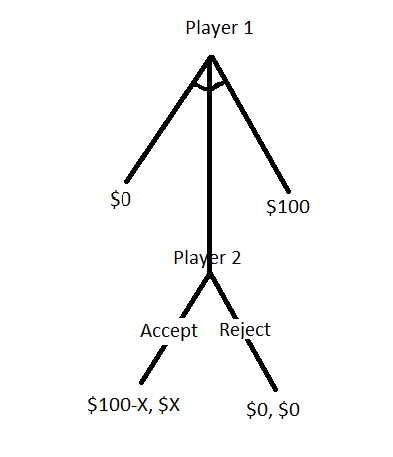Based on a Lancet Study …
In this post, we discuss an article that otherwise requires no special mention in this space. Yet, we discuss it today, perhaps as an illustration of 1) the diverse objectives that scientific researchers set for their work and 2) how the ever-imaginative media, and subsequently the public, could interpret the messages. Before we examine the motivation or the results, we need to understand something about the study’s publication status.
Preprints with The Lancet
It is a non-peer-reviewed work or preprint and, therefore, is not a published article in the Lancet, at least for now. The SSRN page, the repository at which it appeared, further states that it was not even necessarily under review with a Lancet journal. So, a preprint with The Lancet is not equivalent to a publication by the Lancet.
The motivation
You may read it from the title: Randomised clinical trials of COVID-19 vaccines: do adenovirus-vector vaccines have beneficial non-specific effects? It is a review paper, and the investigators specifically wanted to understand the impact of COVID-19 vaccines on non-COVID diseases, which, I think, is a valid reason for the research. By the way, you have every right to ask why COVID-19 vaccines should impact accidents and suicides!
Motivated YouTubers
The following line from the abstract turned out to be the key attraction for the YouTuber scientist. It reads: “For overall mortality, with 74,193 participants and 61 deaths (mRNA:31; placebo:30), the relative risk (RR) for the two mRNA vaccines compared with placebo was 1.03“. Now, ignore the first three words, “For overall mortality”, add The Lancet, and you get a good title and guaranteed clicks!
The results
First, the results from mRNA vaccines (Pfizer and Moderna):
| Cause of death | Death/total Vaccine group | Death/total Placebo group | Relative Risk (RR) |
| Overall mortality | 31/37110 | 30/37083 | 1.03 |
| Covid-19 mortality | 2/37110 | 5/37083 | 0.4 |
| CVD mortality | 16/37110 | 11/37083 | 1.45 |
| Other non-Covid-19 mortality | 11/37110 | 12/37083 | 0.92 |
| Accidents | 2/37110 | 2/37083 | 1.00 |
| Non-accidents, Non-Covid-19 | 27/37110 | 23/37083 | 1.17 |
In my opinion, the key messages from the table are:
1) The number of deaths due to Covid-19 is too small to make any meaningful inference
2) The deaths due to other causes show no clear trends upon vaccination
Results from adenovirus-vector vaccines (several studies combined):
| Cause of death | Death/total Vaccine group | Death/total Placebo group | Relative Risk (RR) |
| Overall mortality | 16/72138 | 30/50026 | 1.03 |
| Covid-19 mortality | 2/72138 | 8/50026 | 0.4 |
| CVD mortality | 0/72138 | 5/50026 | 1.45 |
| Other non-Covid-19 mortality | 8/72138 | 11/50026 | 0.92 |
| Accidents | 6/72138 | 6/50026 | 1.00 |
| Non-accidents, Non-Covid-19 | 8/72138 | 16/50026 | 1.17 |
My messages are:
Accidental accumulation of non-Covid-19-related deaths (five of them coming from cardiovascular) gives an edge to the vaccine group and, therefore, “saves” people immunised with Adenovirus-vector vaccines from dying from other causes, including accidents, in some countries! The statistical significance of the number of cases is dubious.
Lessons learned
1) Be extremely careful before accepting commentaries about scientific work (including this post)
2) As much as possible, find out and read the original paper after being enlightened by YouTube teachers.
Randomised clinical trials of COVID-19 vaccines: do adenovirus-vector vaccines have beneficial non-specific effects?: Benn et al.
Based on a Lancet Study … Read More »


![Rendered by QuickLaTeX.com \text{The probability of winning 100 in 10 dollar bets starting with 10 is (n = 1 and N = 10)} \\ \\ x_{10} = \frac{1-[(18/38)/(18/38)]^1}{1-[(18/38)/(18/38)]^{10}} = 0.06 \\ \\ \text{The probability of winning 100 in 1 dollar bets starting with 10 is (n = 10 and N = 100)} \\ \\ x_{10} = \frac{1-[(18/38)/(18/38)]^{10}}{1-[(18/38)/(18/38)]^{100}} = 0.00005](https://thoughtfulexaminations.com/wp-content/ql-cache/quicklatex.com-2f37e567272f922695016f9869199d9d_l3.png)